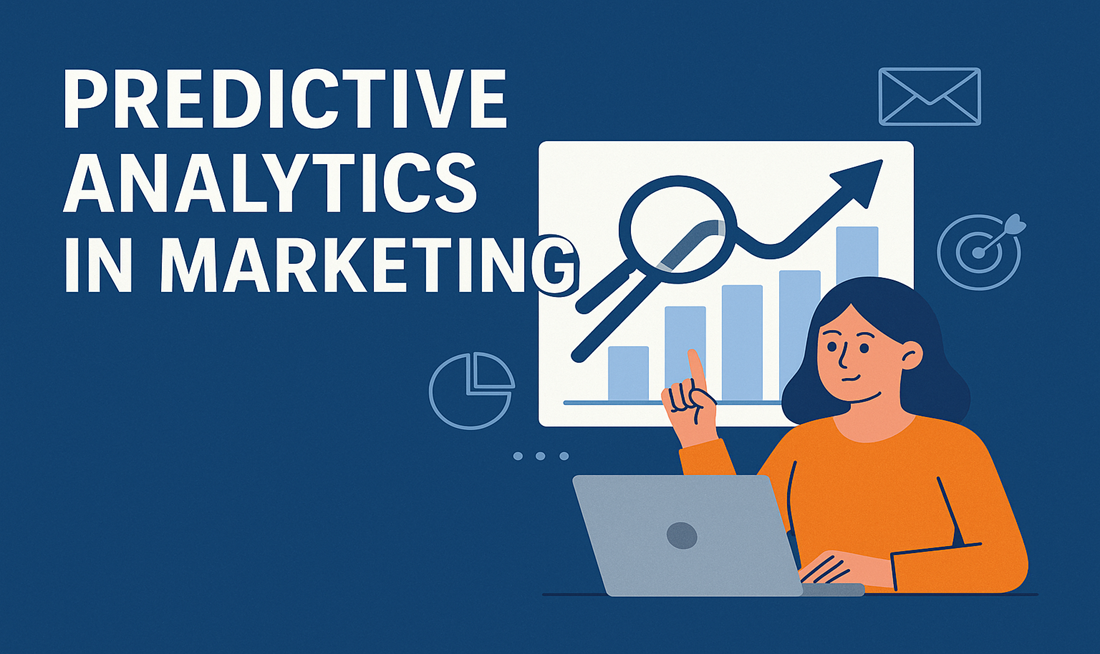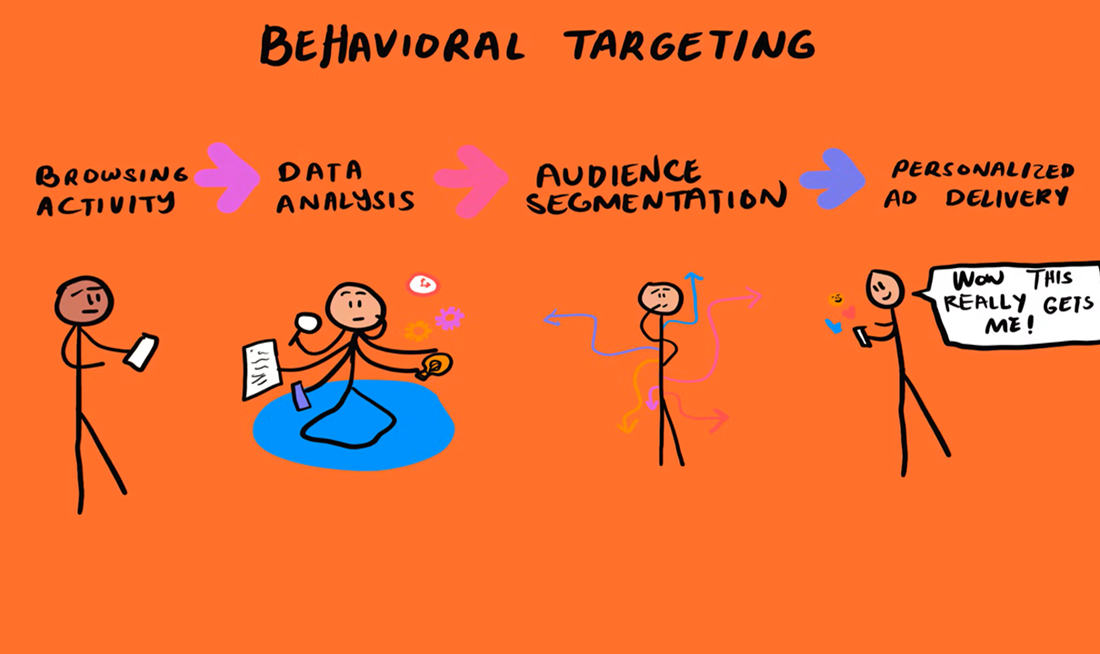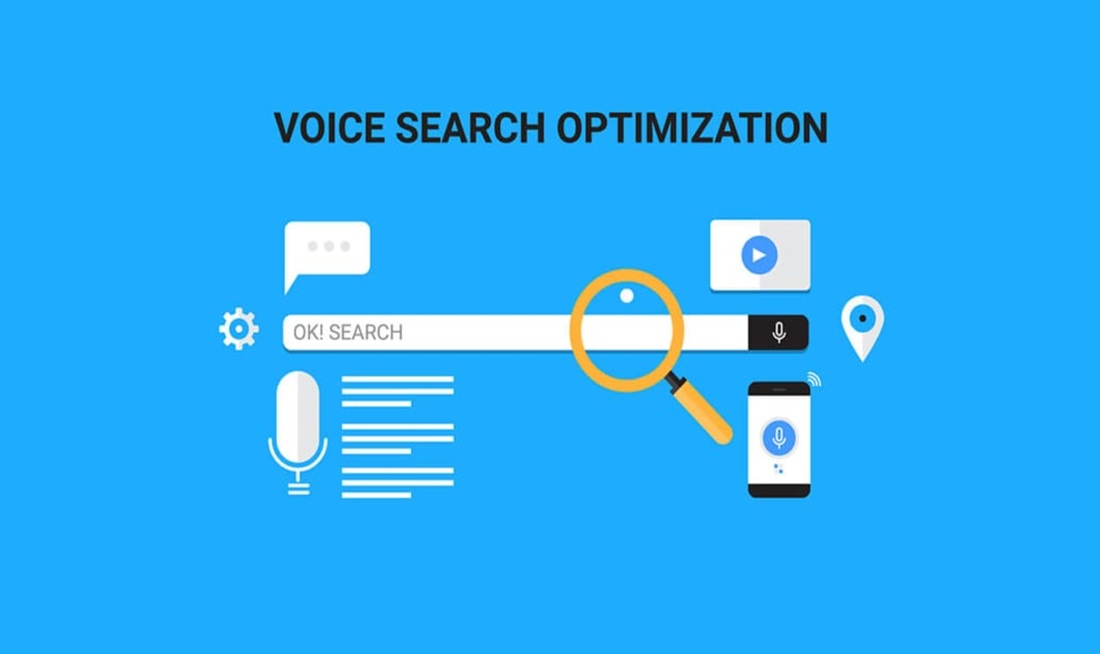Use Geofencing to Drive Local Sales With Precision
Imagine you’re walking through a busy shopping district when a notification pops up on your phone—your favorite coffee shop just offered you a 20% discount, valid for the next hour. That’s geofencing in action, delivering location-specific promotions exactly when and where they’re most relevant.
In today’s competitive market, businesses need smarter ways to reach local customers. Geofencing marketing enables companies to engage potential buyers with personalized, timely offers, boosting foot traffic and conversions. By leveraging this technology, brands can ensure their messages reach the right audience at the perfect moment.
This article dives into the fundamentals of geofencing marketing, its benefits for local businesses, strategies for implementation, and successful case studies. Whether you run a small retail shop or a national chain, geofencing can transform how you connect with your audience.
Understanding Geofencing Marketing
Geofencing is a location-based marketing strategy that creates virtual boundaries around specific geographical areas. When users enter or exit these predefined zones, they receive targeted promotions, push notifications, or advertisements via their mobile devices.
Retailers, restaurants, and service providers use geofencing to engage nearby customers and encourage immediate purchases. By leveraging GPS, RFID, Wi-Fi, and cellular data, businesses can trigger marketing messages when users enter high-traffic areas.
One of geofencing’s biggest strengths is its ability to personalize customer interactions. Companies can tailor offers based on user demographics, shopping habits, and real-time location data. This not only improves conversion rates but also enhances brand loyalty.
Major brands like Target and Starbucks have successfully integrated geofencing into their marketing strategies. For example, Starbucks notifies app users when they’re near a store and offers discounts, increasing in-store visits and sales.
The Business Advantages of Geofencing
Higher Customer Engagement
With location-triggered ads, customers receive promotions exactly when they’re most likely to act. Traditional digital advertising relies on broad targeting, whereas geofencing ensures real-time engagement.
For example, a retail store can send a limited-time deal to users who enter a shopping mall, increasing the likelihood of immediate conversions.
Improved Conversion Rates
By delivering hyper-relevant offers, businesses can significantly boost conversion rates. A fast-food chain using geofencing to promote time-sensitive meal discounts may see higher response rates than traditional advertising.
Studies show that location-based notifications receive significantly better engagement than generic mobile ads, proving the effectiveness of geofencing.
Efficient Advertising Spend
One of geofencing’s major advantages is cost-efficiency. Traditional ads may reach uninterested audiences, but geofencing ensures businesses target only potential customers within a specific geographic area.
This helps brands optimize their marketing budget while maximizing returns. Businesses that effectively implement geofencing often reduce wasted ad spend and improve ROI.
Personalized Customer Experiences
By analyzing user behavior, businesses can send relevant and timely promotions. For instance, a gym could target frequent visitors with renewal discounts or limited-time offers based on their workout schedules.
Personalized marketing helps build brand loyalty and encourages repeat business, fostering stronger customer relationships.
Steps to Execute a Successful Geofencing Campaign
Defining Your Geofence Area
Selecting the right location is key. Businesses should target high-traffic zones near competitors, events, or places where their ideal customers frequent.
A bookstore, for instance, could create a geofence around college campuses to attract students looking for textbooks and study materials.
Creating Attractive Offers
Customers respond best to promotions that provide real value. Geofencing campaigns must feature compelling discounts, limited-time deals, or exclusive benefits to drive engagement.
A fashion retailer targeting customers near a mall could send a 30% discount to users who enter the geofence, encouraging them to visit the store.
Using Multiple Engagement Channels
Geofencing can be integrated across multiple marketing platforms, including push notifications, social media ads, and SMS campaigns.
An amusement park running a geofencing campaign could send push alerts promoting discounted tickets while simultaneously running Facebook and Instagram ads targeted at users entering the designated zone.
Tracking and Optimization
Analyzing campaign performance is crucial. Businesses must monitor engagement metrics, conversion rates, and customer feedback to refine their strategies.
For example, if a restaurant’s geofencing campaign isn’t generating enough visits, adjusting the offer type or location might improve results.
Real-World Success Stories
Starbucks’ Mobile Engagement
Starbucks uses geofencing to notify nearby app users about store promotions, enhancing foot traffic and revenue. Their personalized marketing approach ensures that offers reach the right audience when they’re most likely to purchase.
Burger King’s Rival Campaign
In a bold move, Burger King launched a geofencing campaign that targeted users near McDonald’s locations. When customers entered the geofenced area, they received a special offer from Burger King—resulting in increased sales and brand awareness.
Local Business Wins
Small businesses have successfully used geofencing to compete with national chains. By targeting nearby customers with exclusive in-store discounts, local retailers have increased conversions and built stronger customer relationships.
Control the Narrative with Effective Online Reputation Management
Conclusion
Geofencing marketing is revolutionizing how businesses engage local customers. By delivering timely, location-specific promotions, brands can boost sales, increase foot traffic, and improve customer loyalty.
Whether you’re a small retailer or a large corporation, geofencing offers a highly effective way to connect with consumers. Implementing smart strategies ensures businesses maximize their marketing efforts while improving engagement.




How to Master Omnichannel Marketing in a Multi-platform World « Student Teacher Location
May 25, 2025[…] Use Geofencing to Drive Local Sales With Precision […]
Why Voice Search Optimization Is Crucial in 2025 « Student Teacher Location
May 31, 2025[…] Use Geofencing to Drive Local Sales With Precision […]